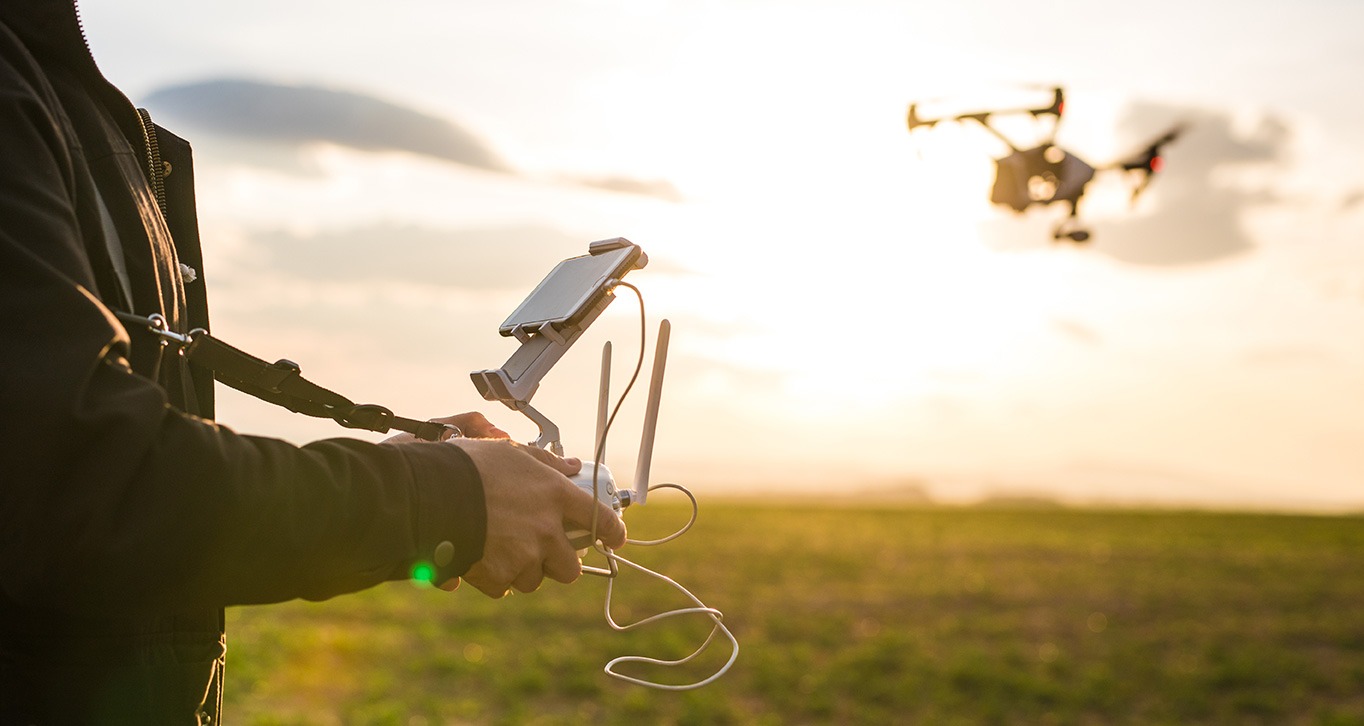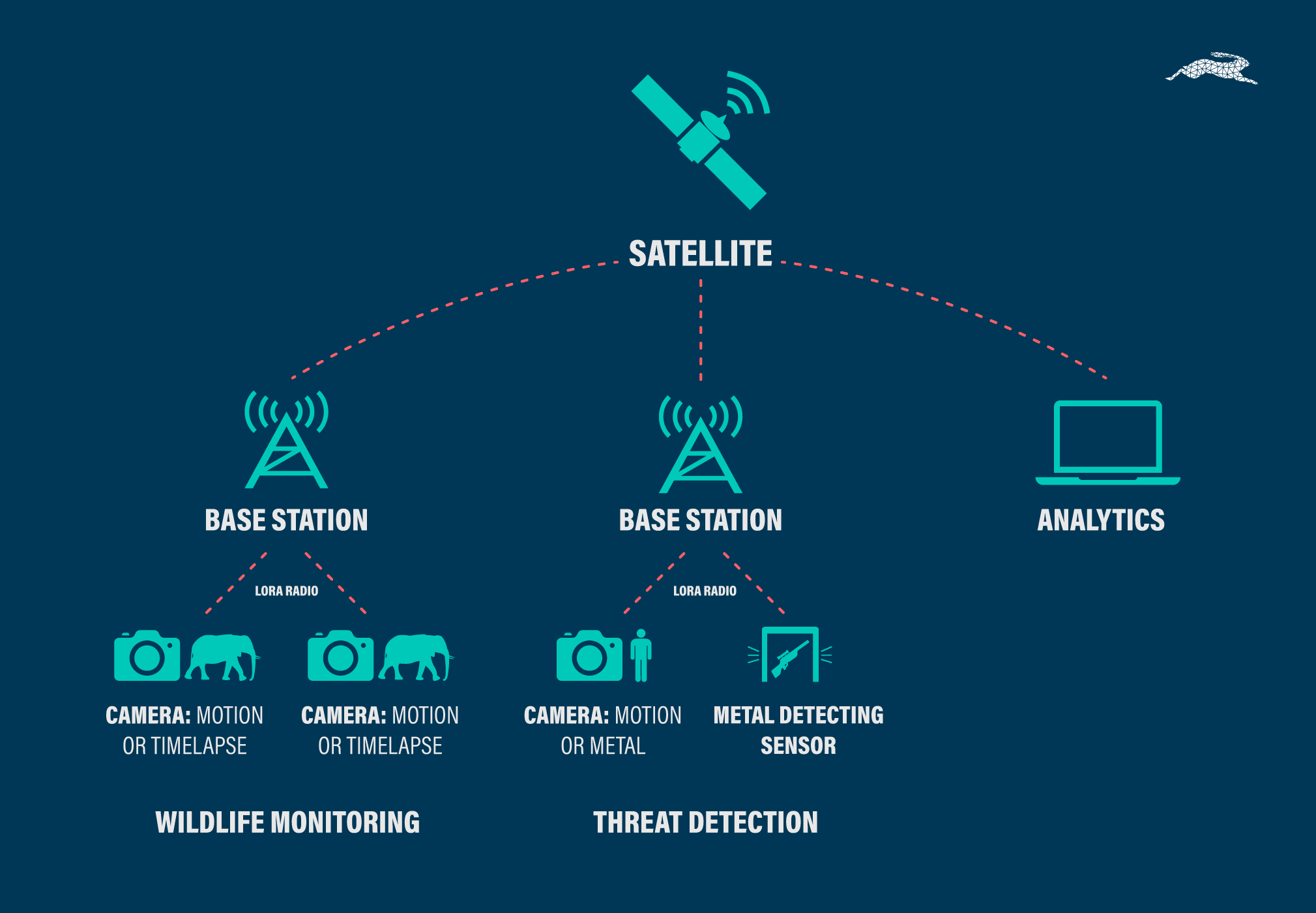Can smart forests save themselves?
Reading time 9 mins
Key Points
- Forests continue to be endangered despite government pledges to decrease deforestation
- Smart Forests (aka Internet of Trees) are equipped with sensors to monitor their surroundings, detect threats, and alert authorities autonomously and in real-time
- IoT is used to prevent illegal logging and fires in Romania and Greece, respectively
- Canadian startup uses drones for reforestation and aims to plant 1 billion trees by 2028
- IoT-based solutions to reduce wildlife poaching
- Civic engagement, participation and committed governments are still needed to make smart forests fully effective
Is your business ready to harness the potential of IoT? Our expert team can help design and implement bespoke IoT solutions. Reach out to us now to kick-start your IoT journey.
Ben Mazur
Managing Director
I hope you enjoy reading this post.
If you would like us to develop your next product for you, click here
Smart forests are growing in popularity as governments worldwide struggle to meet sustainable development objectives. Despite 100 countries pledging to end deforestation at the 2021 Conference of the Parties (COP26) Climate Summit, the destruction of the world’s forests continues. According to an article published in New Scientist [1] this year:
- An area equating to the size of 10 football pitches is torn down every minute
- Tropical forest loss released 2.5 billion tonnes of carbon emissions
- Prolonged and intense heat waves in Russia caused wildfires that led to the loss of 5.36Mha boreal forest. This amounted to 82% of all tree cover loss for 2021 alone
- Scientists warn that the Amazon is reaching a tipping point that could see it transformed into a savannah
It seems bizarre to imagine forests as digitised environments where drones plant trees, animals wear tracking devices, and tree trunks have sensors attached to them. But desperate times call for desperate measures. The threats that many forests are facing ( wildfires, deforestation, loss of biodiversity) are caused by human influences (climate change, logging, poaching). Perhaps non-human intervention is needed: Smart forests that can monitor, detect, and send threat alerts autonomously might be an ideal way forward.
IoT stands for Internet of Trees
An internet of trees is what it takes to create a smart forest. Trees are embedded with internet-based modules to sense, communicate, and monitor environmental parameters in real-time [2]. Monitoring parameters include fire, logging, wind speed, CO2 etc. Alerts are sent to authorities when danger is detected, enabling them to take immediate action and address the threat.
At the same time, reforestation and ‘precision forestry’ [3] is helping to make smart forests even more intelligent. Using drones (UAVs), sensors, computer models, data analytics, and AI to accelerate reforestation (e.g. plant a billion trees in five years), environmental management can be automated to make processes more efficient and cost-effective.
However, the long-term environmental impact of mass planting trees over a short space of time is inconclusive and perhaps requires further study.
Smart forests are taking root worldwide
Romania is using IoT to prevent illegal logging and protect the biodiversity of its forests:
- Vodafone created a digitised system of devices called ‘digital guardians’ equipped with acoustic sensors
- These sensors listen to the sounds of the forest, capture data, and send it via the internet to a cloud platform where an AI program listens out for the sounds of logging
- Real-time alerts with geolocation are sent to an app installed on forest administrators’ and rangers’ phones so that they can intervene immediately (when it’s clear that logging is occurring in unauthorised locations)
Vodafone used the same technology to create a smart forest in Greece. This time, to detect smoke and fire:
- A smoke detection system is created using AI, cameras and sensors
- It records changes in ambient temperature over a radius of several kilometres, identifies the reasons why it is occurring, and records environmental indicators (e.g. humidity and atmospheric pressure)
- The system can detect a fire in its initial stage, activate an alarm, and send the exact location as well as images to a control centre operator (a web-based application that is accessible from anywhere)
- Between sensors that can detect rising heat, algorithms that can tell from the data that there is a fire, and cameras at different points that can see the smoke and verify it, corresponding alarms can confirm the presence of a fire and send immediate alerts
Even countries that lack the manpower or resources to equip regional ecosystems that are susceptible to wildfires can benefit from open-source IoT-based technology. NASA’s Fire Information for Resource Management System (FIRMS) uses satellite observation, resolution imaging, and infrared imaging to detect active fires and thermal anomalies [4]. This information is delivered to decision-makers in near real-time through email alerts, analysis data, online maps, and web services.
Flash Forest, a Canadian reforestation startup, plans to use drones to plant 1 billion trees by 2028
- Drones work quicker and are more cost-effective than humans planting with shovels
- Mapping drones are first sent into an area and use software to identify the best places to plant based on soil, existing plants, terrain etc
- They can plant between 10,000-20,000 seed pods per day
- Seed pods are packed in a proprietary mix that enables them to germinate faster and withstand long periods of drought
- Drones can use pneumatic firing devices to embed seeds deeper into tricky terrain (e.g. hills and mangrove forests)
Wildlife poaching is another direct threat that forests face. Animals that are highly sought after to make traditional medicine (pangolins), as exotic pets (Macaw parrots, chimpanzees), or for their hide, teeth, or claws (jaguars) are in danger too. The Instant Detect project by the Zoological Society of London and Cambridge Design Partnership works towards mitigating this threat:
- Wildlife, environment, and threat monitoring system
- It consists of multiple battery-powered cameras and sensors that capture images and data and transmits it to the cloud using satellite connectivity
- Alerts are sent to local authorities to enable them to act quicker
- The system is simple, reliable, and cheap
- It’s possible to switch out different sensors, including passive infrared sensors that detect heat/movement and metal-detecting sensors triggered by the weapons poachers carry
Is IoT enough to put out all these fires?
The Internet of Trees certainly goes a long way toward threat detection and reduction. That said, even though smart forest systems can alert authorities to fires, poaching, illegal logging, and can take tree planting to a whole new level, this only addresses the unlawful side of the problem. What about the legal and licensed activities (e.g. clearing forests for agriculture, farming, mining or urban development) occurring at a larger scale that poses an even more significant threat?
Smart forests can’t save themselves on their own. They need civic engagement, participation, and committed governments. The rate at which forests are disappearing suggests that the necessary engagement isn’t there.
What do you think? Are smart forests as promising as we hope, or a valiant effort against a stronger foe that ultimately doesn’t stand a chance?
- Vaughan, A. (2022, April 28). Global forest destruction continues despite COP26 deforestation pledge. New Scientist. https://www.newscientist.com/article/2317662-global-forest-destruction-continues-despite-cop26-deforestation-pledge/
- Singh, R. Gehlot, A. Akram, S.V. et. al (2021). Forest 4.0: Digitalization of forest using the Internet of Things (IoT), Journal of King Saud University – Computer and Information Sciences,. Science Direct. https://www.sciencedirect.com/science/article/pii/S1319157821000483
- Gabrys, J. (2020, February 14). Smart forests and data practices: From the Internet of Trees to planetary governance. SAGE Journals. https://journals.sagepub.com/doi/10.1177/2053951720904871
- Fire Information for Resource Management System (FIRMS). (2022, June 10). Earthdata. Retrieved 5 September 2022, from https://www.earthdata.nasa.gov/learn/find-data/near-real-time/firms
We love to talk about new ideas
Do you have an idea? Book a consultation with an expert - it's free, it's confidential and there are no obligations.
+44(0)117 329 3420
[email protected]
Ignitec Technology Centre
1 The Powerhouse
Great Park Road
Bradley Stoke
Bristol
BS32 4RU




